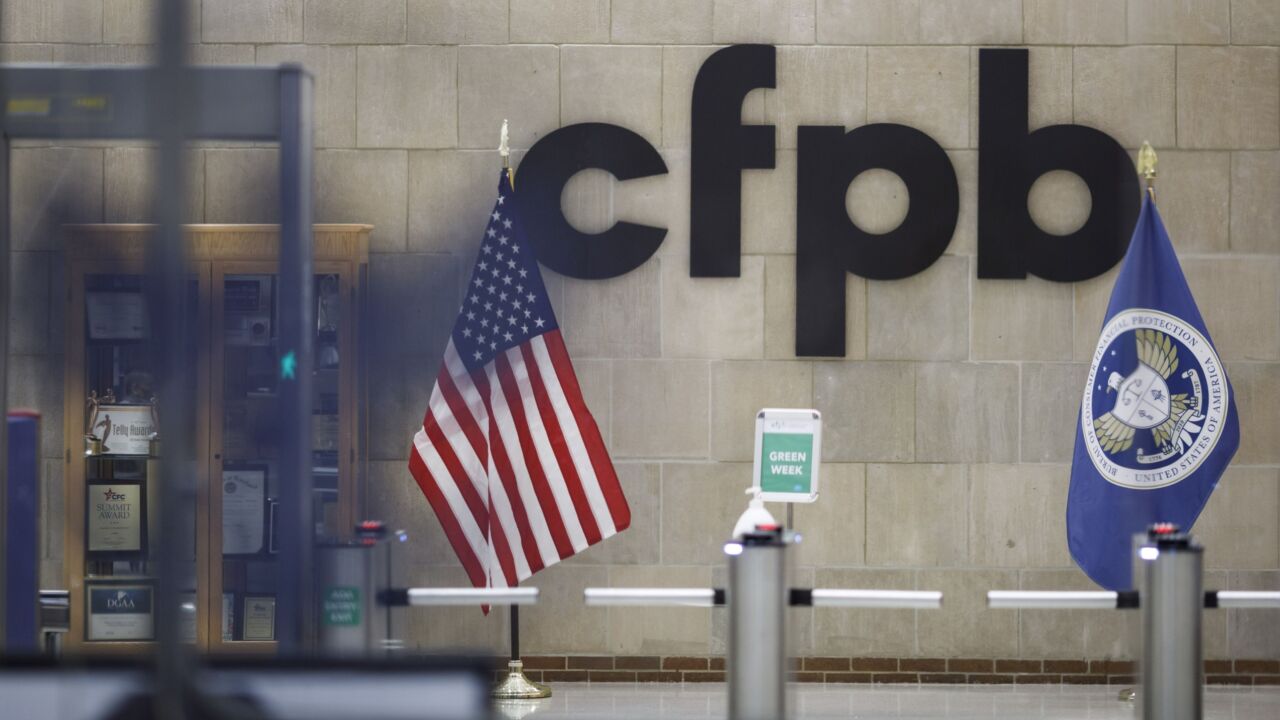
The combined company will be the second-largest regional bank in mortgages, with home loans making up 27% of the combined company’s total lending, and commercial real estate loans accounting for another 12%. Residential and commercial mortgage banking together also will account for 10% of the combined company’s fee income.
In addition, the two companies combined will have access to thousands of loan officers and SunTrust’s digital mortgage system.
This combination of strengths in resource and volume mean the deal will have repercussions for competition and consolidation in the broader market, as well as for the both companies’ mortgage origination, warehouse lending and servicing units.
Here’s a look at some of the mortgage implications of the BB&T and SunTrust merger.

Creating a new contender in the mortgage sector
The deal looks like it will transform what have been two top-20 companies into a single top-10 player, estimates Tom Millon, CEO of Computershare Loan Services.
“It will make them more of a force when it comes to economies of scale,” he said in an interview.
SunTrust could take the lead in many areas when it comes to mortgages, Craig Martin, senior director at J.D. Power, said in an interview.
Both companies have above-average customer service rankings, but SunTrust has been moving up in J.D. Power’s customer service rankings while BB&T’s rankings have inched down.
“BB&T’s ranking has declined in the origination study over the past few years while SunTrust had a material improvement in 2018,” Martin said. “In servicing, BB&T has been a bit up and down, but has generally stayed in the second tier, above average, but below the top-rated firms. SunTrust has been making steady improvement.”
While SunTrust may be the more prominent mortgage player in terms of customer service, volume and digital mortgage technology today, BB&T has some historic strengths.
As recently as 2013, BB&T was the top-ranked mortgage servicer in terms of customer service, according to Martin. Also in the past the company has been an innovator, and experimented with new business models, including loan-officer compensation tied to servicing.

Look for consolidation, but also investment
"I would anticipate there would be some consolidation," Martin said. There could be reductions that affect loan officers, processors, underwriters and systems, he said.
However, in any merger, companies generally try to limit cuts to revenue-producing, client-facing positions, and the deal’s relatively low 12% net cost-savings suggest the combined company is planning investments as well, said Peter Winter, a managing director at Wedbush Securities.
“They're going to take some of the cost-savings and really invest in innovation, technology and digital banking,” Winter said in an interview. “It's an opportunity for them to make investments in the mortgage platform.”

Recipe for disruption
In terms of digital strategy, SunTrust is bounds ahead of BB&T, which likely considered this move as a way to acquire new technology, in addition to other factors. For comparison, BB&T has no digital mortgage application and is the last bank on Fiserv platform Unify (which is no longer being supported), whereas SunTrust already launched an artificial intelligence pilot in the past year, for which it has upwards of 20 use cases.
The move for BB&T should cut around three-to-five years of exploring and investing in new tech.
Once the merger is complete, the single bank will settle in tech-forward Charlotte, N.C., which should strengthen digital mortgage aspirations for the banks operating as one, as well as for the rest of the industry seeing the megabank as competition.
While the merger has the potential to pave the way for a market shift and potentially knock some players off the top of the list, it also puts the banks at risk for complications, pushing others ahead.
Bank of America's acquisition of Merrill Lynch 10 years ago was largely successful in helping strengthen tech efforts for the bank, but the opposite was true for its purchase of Countrywide Financial Corp., where
The banks' choice of a Charlotte headquarters situates BB&T and SunTrust in a tech hub, but also puts them at risk. Charlotte is a saturated, competitive digital market where companies are forced to pay considerable premiums for good resources. This also makes talent acquisition and retention a challenge.
The pace in which this merger comes together further dictates how well the megabank achieves its potential. It is likely to take at least a year until BB&T and SunTrust are operating on the same platform

Making scale make sense
Mortgages are by no means the primary driver of this merger, but the deal has far-reaching implications for the small and midsize mortgage companies that rely on BB&T and SunTrust for warehouse lending and subservicing.
What’s more, the timing of the deal is noteworthy, given the ongoing consolidation trend throughout the mortgage industry.
Conditions have existed for a while for consolidation to take place.
"With the competition that's out there for nonbanks and the need to upgrade technology, it’s forcing management teams to make a decision on whether their scale makes sense," Ed Mills, Washington public policy analyst and managing director at Raymond James, said in an interview. "With regulatory relief passed all the way up to $700 billion in assets, anything short of a megabank will get regulatory relief."
Now that the changes have been worked through and rules have clarity, the time to take advantage of mergers and acquisitions is now before change comes again.
"This is probably the exact right time because you finally have a full Trump regulatory team in place. You have the regulatory relief bill passed and signed into law. You have tax reform signed into law, so you know exactly what the tax rate is going to be," Mills continued. "But you have to keep an eye on 2020. We don't know if things from a regulatory perspective will significantly change in under two years. If you want to do something, the time is now."

A sign of banks’ return as buyers
While independent mortgage banks have dominated M&A activity, the number of banks involved has been steadily growing, particularly on the buy-side, according to
While over the last three years the number of bank sellers in the market has remained constant at two per year, the number of bank buyers has gone up. Back in 2016, there was only one, but the following year there were four, and last year there were six.
“Clearly, we are experiencing an intense period of industry consolidation which will extend well into 2019,” Cameron said in the report. “The buyer population will be dominated by large well capitalized Independents, as well as hybrid banks that operate more of an independent mortgage banking model.”





